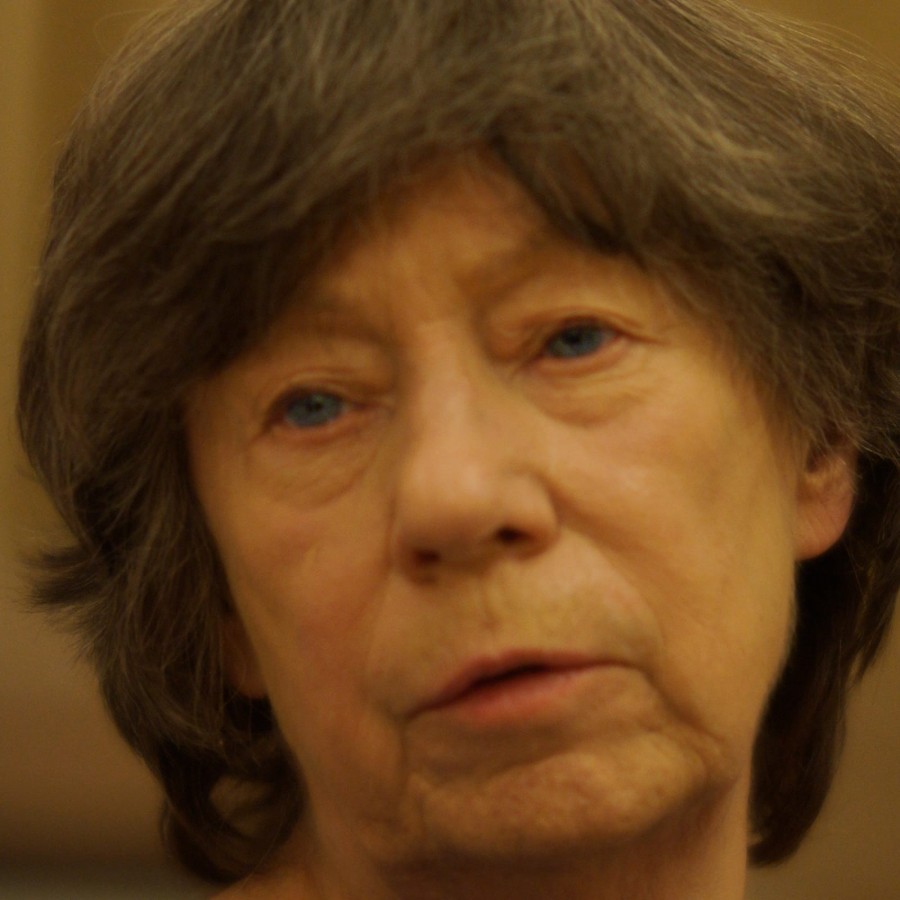
Laura Mulvey’s Top10
Film theorist Laura Mulvey, who introduced the world to the concept of the “male gaze,” is one of cinema’s most influential thinkers. She is a professor of film and media studies at the University of London’s Birkbeck College and is director of the Birkbeck Institute for the Moving Image. Her writings on cinema have taken on topics from Citizen Kane to home-video viewing. Of the difficulty of compiling her Criterion Top 10, she says, “I’ve tried to keep to ten, but sometimes the list refused and cheated with asides mentioning other Criterion films.”
-
1
Michael Powell and Emeric Pressburger
The Red Shoes
Because I lived in the country during the war, I saw films for the first time in London circa 1945/1946 . . . I saw Nanook of the North and The River around this time and both left distinct images in my memory. But, in common with many other girls at the time and, indeed, ever since, I would choose The Red Shoes as my first formative film.
-
2
Douglas Sirk
Written on the Wind
During the 1960s I spent my time going to Hollywood movies, following the spirit of the Cahiers du cinéma. Written on the Wind is an explosion of cinematic style and of melodramatic excess. It stands for my love of Sirk but also for the extraordinary genius of all those 1950s directors whose careers came to an end before their time. And Sirk also leads forward to the great R. W. Fassbinder, especially to Ali: Fear Eats the Soul.
-
3 (tie)
-
Jean-Luc Godard
Pierrot le fou
For me, Breathless and Vivre sa vie were a revelation, a new concept of cinema. Pierrot added an emotional and cinematic extra level: color, widescreen, the French landscape, the beauty of its stars, its casual use of experimentation both visual and narrative.
-
4
Chantal Akerman
Jeanne Dielman, 23, quai du Commerce, 1080 Bruxelles
When, in the 1970s, I began to search for films made by women that would reflect feminist engagement with cinema at the time, Jeanne Dielman appeared as the perfect answer to a feminist cinephile’s dream. Akerman conjured up a world and a rhythm of life that had never appeared on the screen before, and did so with an extraordinary and radical beauty, political intelligence and mastery of both storytelling and filmmaking.
-
5
Djibril Diop Mambéty
Touki bouki
There were a number of key films that taught me that great and startling cinema could come from outside Europe and away from Hollywood. I found Touki bouki (with its anarchic, vigorous style, brilliant colors and sounds, and charismatic heroine) completely surprising when I first saw it—and, more generally, it stands for the eye-opening cinema of Senegal.
-
6
Robert Siodmak and Edgar G. Ulmer
People on Sunday
When I became a film academic in the 1980s, I was allocated a class through which I discovered silent (or rather non-sync-sound) films. I had never appreciated the extraordinary beauty of this cinema and, most of all, I loved films of the very late twenties, made on the cusp of the transition—for instance, Josef von Sternberg’s Underworld and The Docks of New York. People on Sunday is an amazing film document of Berlin just before the Nazis came to power, and is also a “young modern woman” film.
-
7
Abbas Kiarostami
Close-up
During the 1990s, just as I felt that the cinema was growing tired under the weight of its centenary, the films of Kiarostami seemed to give it new life and re-pose André Bazin’s question, “What is cinema?”
-
8 (tie)
-
Max Ophuls
The Earrings of Madame de . . .
All the films on the list represent certain turning points in my relation with film history and they have all taught me about cinema’s strangeness and its chameleon-like nature. I have to end with these two films that I have returned to recently as a writer and that I know by heart, both in sound and image. I value both Rossellini and Ophuls very particularly as characters and also for their very different styles of direction: Ophuls a perfectionist, Rossellini almost casual. But these two films are, furthermore, literally marked by their stars’ extraordinary (although again stylistically very different) performances. Finally, the films take me back to the 1950s—where I began the list, and thus my life as a film fan—and to which I seem to return over and over again.















